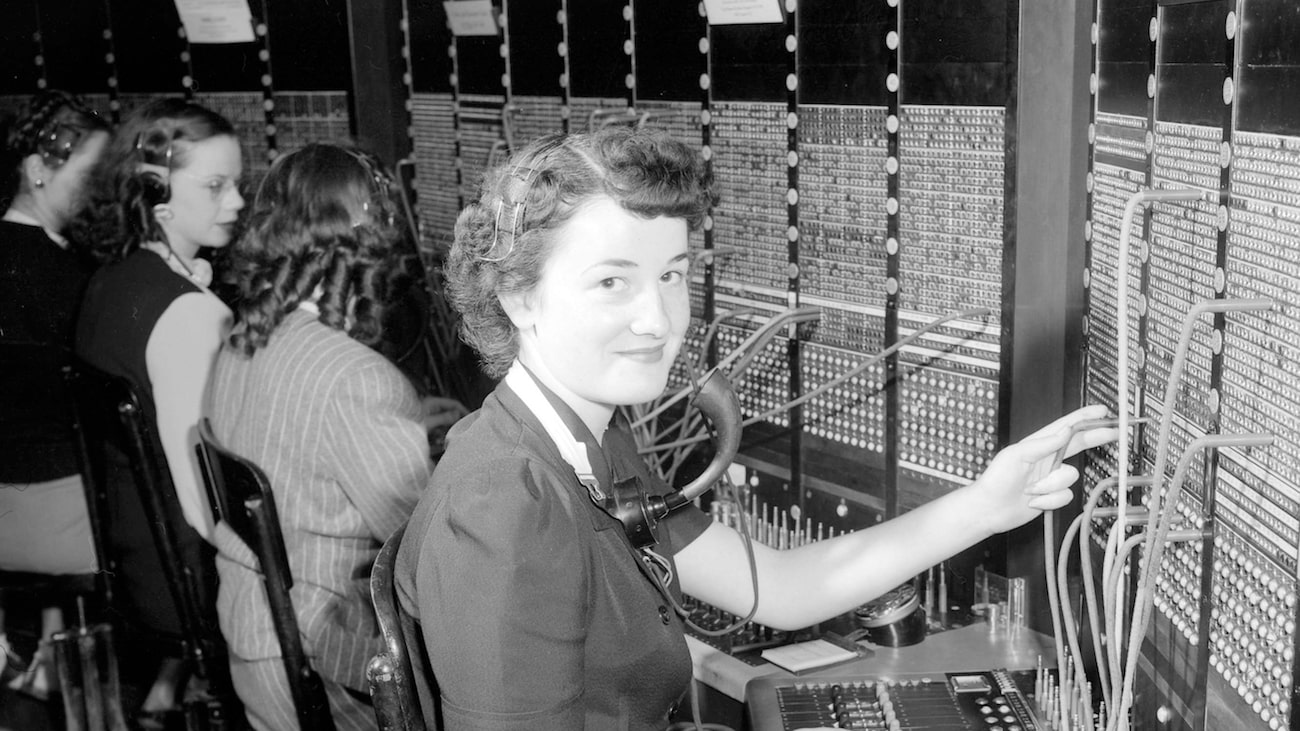As many Americans remain in “voluntary” house arrest and practice social distancing in order to reduce the spread of the coronavirus and the resulting deaths, we are also facing the stark reality that the concomitant shutting down of our economy has destroyed the businesses and jobs of millions of Americans. President Trump and others have suggested that the cure may have been worse than the disease and that America must get back to work sooner rather than later.
Eventually, the post-mortems will begin, and one of the questions to be asked is whether we actually had to shut down the economy to begin with. A study by the Journal of the American Medical Association (JAMA), published on March 3, takes an in-depth look at how the government of Taiwan has successfully handled the pandemic while keeping businesses running. If we are going to learn from our mistakes, we need to look at Taiwan
Taiwan has a population of 23 million. A million and a half of them either live or work in China. In 2019, 2.71 million people traveled to Taiwan from China. Because of its proximity to China and its experience with the severe acute respiratory syndrome (SARS) in 2009, Taiwan has been on alert for any health threats coming from the mainland.
When the news that a novel virus had appeared in Wuhan, Taiwan immediately instituted a three-pronged approach: 1) Identify those with the disease and those who might have been exposed to it; 2) Contain the spread of the disease, and 3) Effectively allocate resources to treat the disease and protect health-care workers. Following the time-line of Taiwanese actions will demonstrate the speed and efficiency to their actions.
12/31/19—Taiwan officials boarded all the planes arriving from the mainland and tested passengers for either a fever or respiratory difficulties.
1/5/20—Notifications went out to anyone who traveled to Wuhan in the previous 14 days and had the symptoms mentioned above at their point of entry into Taiwan. Those with suspected cases were tested for 26 different viruses, including SARS. Passengers with a cough or fever were quarantined at home or hospitalized.
1/20/20—Taiwan’s Center for Disease Control (CDC) coordinated with all major government departments to assure consistency.
1/20/20—The government announced that it had 1.9 million N95 masks, 44 million surgical masks, and 1100 negative pressure isolation rooms.
1/27/20—The departments of health and immigration combined data to determine the travel history of patients who had traveled to high-risk areas. Those patients were then quarantined at home and monitored through their cell phones. This action was accomplished in one day.
1/30/20—The same departments expanded the 14-day travel history check to all of China, Hong Kong, and Macao.
2/14/20—An Entry Quarantine System was set up using QR coding to identify the health risks of all people planning to depart or land at a Taiwan airport. Those identified as low risk could pass through immigration swiftly. Those who had traveled to “hot zones” were quarantined at home and checked to see if they were complying with the quarantine via cell phones. This system was established in three days.
2/18/20—All doctors, pharmacies, and hospitals were given access to patients’ travel history.
The Taiwan government held daily press briefings to remind the citizens to wash their hands often, wear a mask each day, and were warned not to hoard masks so that health-care workers would not experience a shortage. The government also promised aid to businesses and workers who had been quarantined.
As of February 14, in a country of 23 million, only 33 cases of coronavirus had been reported. On April 10, Taiwan reported 392 confirmed cases and only 6 deaths.
Now to be fair, Taiwan is not the United States. Taiwan citizens do not have the privacy protections that Americans have when it comes to travel or health care. The idea of U.S. doctors having access to everyone’s travel history with the click of a mouse is abhorrent to most Americans. Still, there is much to learn from Taiwan.
First, preparation for a possible pandemic must be a top priority. Resources must be stockpiled, and a step-by-step plan of containment must be ready to be implemented at the first threat of a problem. Speed saves lives.
Second, coordination between all departments of the federal government is crucial. At the same time, the states and the federal government must see themselves as partners, not opponents.
Lastly, borders must be protected. How people come into a country and their place of origin must be controlled.
America has to do its homework to make sure that what we are experiencing now will not happen again. It is quite possible that our economic survival may depend upon it.








